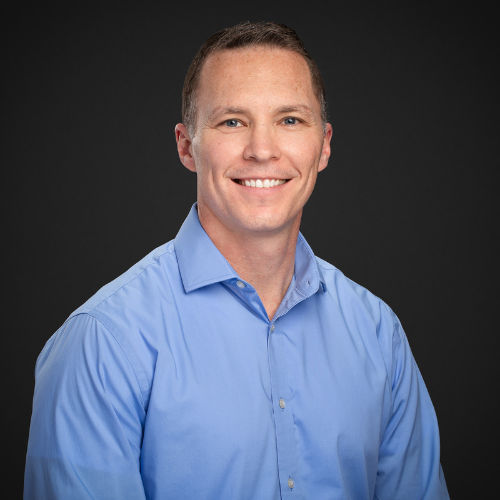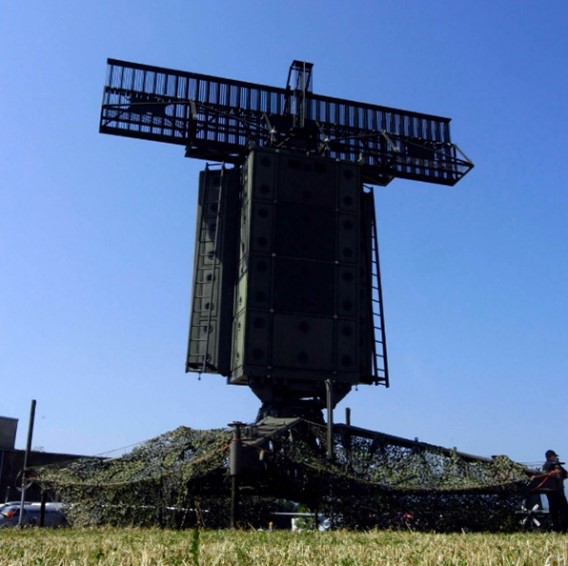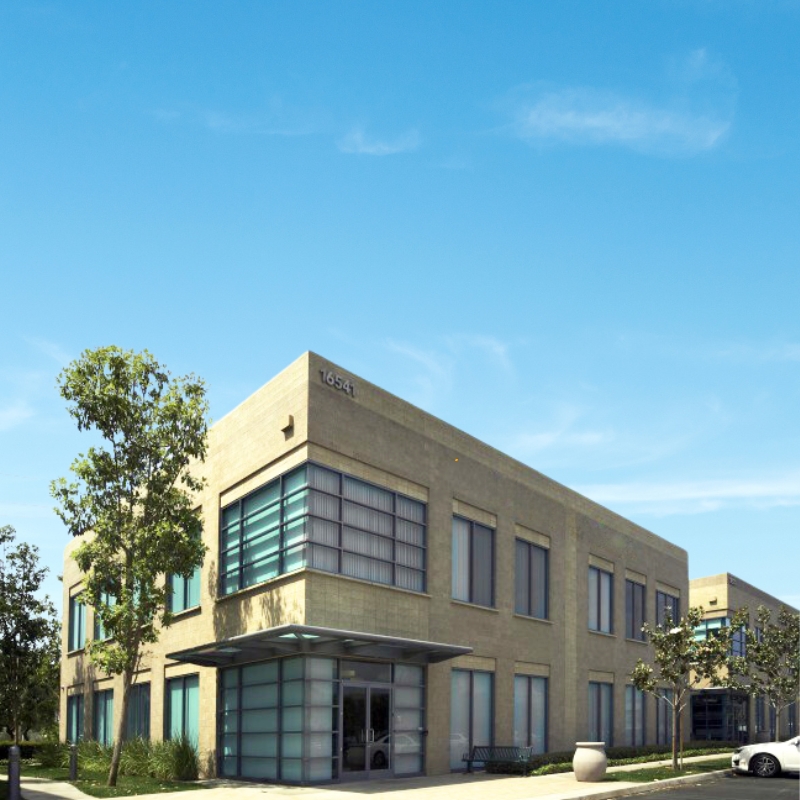In a recent Microwave Product Digest “View from the Top” interview, Joe Svoboda, Vice-President and General Manager, shared insights on key RF and microwave industry advancements. From addressing phase noise in defense systems to innovations in space and quantum technologies, Joe highlighted how we are defining and delivering the future of frequency control and timing.

MPD: If your company serves defense applications including electronic warfare, SIGINT, radar, communications, or counter UAS, please describe advances in RF and microwave technology you believe will be most needed for DoD in the coming years.
JS: In aerospace and defense applications, the RF and microwave industry is facing increasing demands for faster data rates and wider bandwidths. Additionally, evolving threats—such as fast-moving hypersonic vehicles and slower-moving drones are placing significant stress on phase noise across the spectrum. Our products are often deployed in ship, air, or ground-based moving vehicles, where induced vibrations further complicate system performance. To tackle these challenges, we employ proprietary vibration isolation methods, including low acceleration sensitivity crystals and precision-tuned shock mounting. Combined with active and passive vibration compensation solutions that leverage accelerometers, these techniques help minimize dynamic phase noise in real-time.

MPD: In the last few years, two markets—fixed wireless access and “commercial space”—have created significant opportunities for the RF and microwave industry. Please describe your efforts if your company participates in one or both of these applications.
JS: Our team is closely tuned into the growth of the commercial space sector, especially as it opens up new possibilities for our frequency control and timing technology to help RF engineers improve system performance. Since 1993, our oscillators and frequency sources have been deployed in space on missions like Mars 2020 Perseverance and a variety of Low Earth Orbit (LEO) satellite constellations. Today, we’re seeing opportunities to help tackle challenges in emerging applications like space-based cellular networks. These networks aim to provide high-speed, global cellular connectivity, including to underserved regions. However, space brings unique challenges—vibration, temperature fluctuations, and radiation—all of which can impact frequency stability and phase noise. Our products are built with advanced features like vibration isolation, thermal management, and radiation-hardening to ensure they meet the rigorous performance standards required for space. Depending on mission requirements, we can meet various space qualification levels, such as MIL-PRF-55310, MIL-PRF-38534, or ESA standards. Our team is committed to delivering the best available frequency control and timing solutions to the space community, including emerging applications like space-based cellular networks. We look forward to seeing what the future of commercial space holds and are proud to play a role in defining and delivering the future of mission-critical electronics.

MPD: Is your company developing or manufacturing products designed for operation in quantum systems, including products that are non-magnetic, operate at cryogenic temperatures, or are otherwise required for use in this emerging market?
JS: We are currently researching solutions for quantum systems, including those designed to operate at cryogenic temperatures. In partnership with the Australian Research Council Centre of Excellence for Engineered Quantum Systems (EQUS), we are studying the effects of cosmic rays on quartz crystal oscillators. This research is being conducted at the deep-underground Cryogenic Experimental Laboratory for Low-background Australian Research (CELLAR) in Victoria’s Stawell Underground Physics Laboratory. The unique environment there will allow us to better understand how cosmic rays affect oscillator phase noise and performance in ways that were previously not possible. The long-term goal of this exciting research is to develop cryogenic quartz crystal oscillators for ultra-precision applications in quantum technologies. This partnership is a great opportunity for our team to expand our capabilities and explore new possibilities in the emerging quantum systems market.

JS: In 2024, we’ve made major strides in our phase-locked dielectric resonator oscillator (PLDRO) technology, working closely with our Quantic MWD (Microwave Dynamics) colleagues in Irvine, CA. While I can’t reveal too much, the results have been exceptional, with significant improvements in frequency stability and phase noise performance. Looking ahead, we’re thrilled to announce that in 2025, we’ll be launching an entirely new product series based on this PLDRO technology.

Click here and see page 18 to read the original interview in the December 2024 edition of Microwave Product Digest.
Connect with us, we’re here to help!